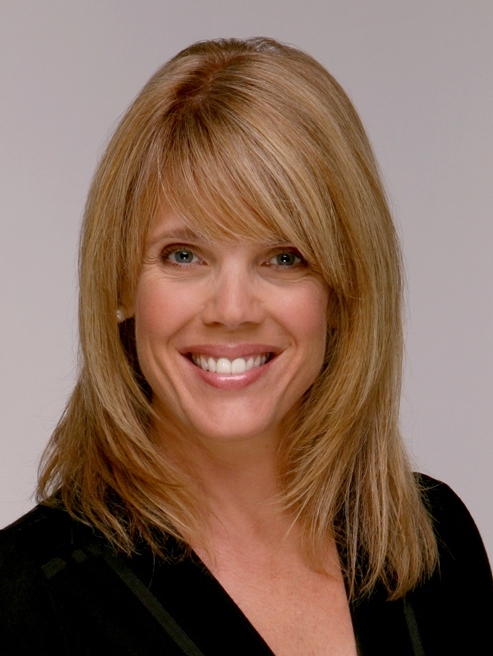The Huffington Post
By Laura Turner Seydel
My fascination with pollinators began with the film my brother Rhett produced, Pollinators in Peril. The film introduced me to the serious challenges pollinators are facing and their ongoing steep decline. I couldn’t have imagined 15 years later the pollinators’ plight would have gotten so much worse — but it has.
My first step to facing this challenge was to start in my backyard by keeping beehives and planting pollinator friendly flowers. I’d be helping the bee population, as well as enjoying their honey and a healthy bumper crop of fruits and veggies! Our garden is completely organic and received the Wildlife Habitat certification. I planted clover, a favorite treat of the honey bee, and thought my bees were healthy. One day my beekeeper Cassandra Lawson informed me my bees had encapsulated their pollen within the hive. She placed and currently maintains over 20 hives around Atlanta and had never witnessed this before. Cassandra and her apiary friends diagnosed the problem as resulting from the pollen being so full of chemicals from my neighbors’ yards it was a desperate measure to limit the colony’s exposure to toxins. Sadly, all my bees perished.
Since 2006, beekeepers across the globe have seen record losses in hives, commonly referred to as Colony Collapse Disorder (CCD). According to a recent article in TIMEmagazine, an estimated 10 million beehives have been lost. In 2013, U.S. losses in honey bees were reported between 50 and 100 percent. Bumble bees, Monarch butterflies and bats, also key pollinators of farms and gardens, are experiencing steep decline in North America. Some species are already extinct.
Click here to read the full article on the Huffington Post website.



















